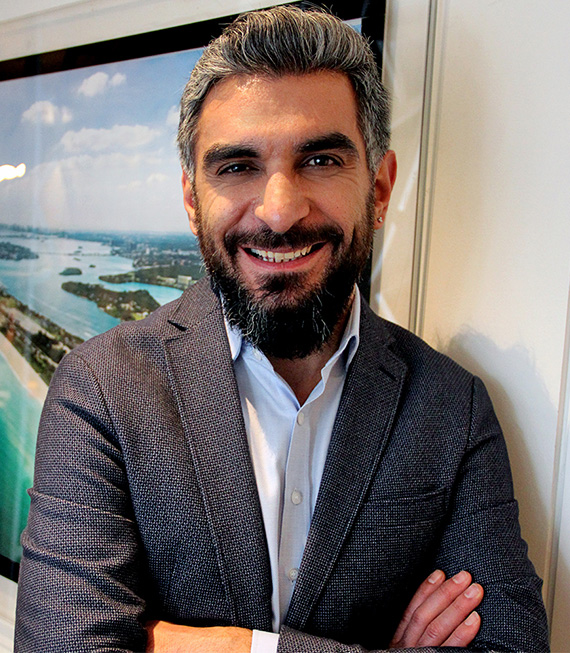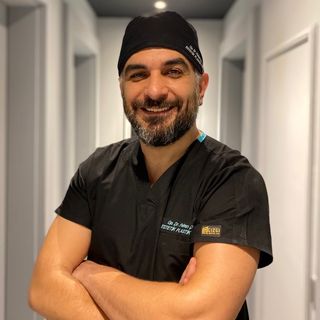
WHAT IS FACE FILLER?
The process performed in face filler is simply to fill in the gaps. Face fillers and lip fillers should not be confused. Wrinkles are corrected by botox treatment. With face fillers, the gaps are filled and a more youthful and vibrant appearance is achieved. Face fillers can be made from a variety of fillers or from the patient’s own fatty tissue. After a skin examination at the clinic, the doctor will mark the injection sites where the fillers will be applied to the patient’s face. The treatment areas are thoroughly cleaned with antibacterial agents. Your doctor will use fine cannulas during application. This is one of the safest and most effective methods of injecting fillers. Your doctor inserts cannulas into a targeted treatment site on your face through small incisions and performs the injection. This process is repeated at each target point. Although this method is more stable, there is virtually no risk of encountering a blood vessel, and collapse, swelling and discomfort are less common. The duration of the face filler application depends on the number of areas to be treated. In general, the procedure takes between 15 and 60 minutes. After treatment, ice packs may be recommended to help reduce discomfort and swelling. You can resume your daily life immediately after the face filler procedure. Face fillers provide a more youthful expression while correcting tired facial looks, sagging, and the unsightly appearance that progresses over the years. The skin tissue of the face is damaged by factors such as aging, muscle movement, fat loss, gravity, and sun damage. Face filler applications can improve the appearance of facial wrinkles and provide a more aesthetically pleasing and youthful appearance in a way that skin care products cannot.
WHY AND FOR WHOM IS FACE FILLER PERFORMED?
Face fillers can be used to correct a variety of problems associated with aging of the face:
- Face fillers are used in people who want to achieve a more youthful, aesthetically pleasing appearance on the face.
- In the case of skin wrinkles extending from the nose to the lips (also known as smile lines), these are volumized and smoothed out.
- Vertical lines on the edges of the lips are smoothed.
- The filler is applied to correct the shape of the cheeks and give a fuller appearance.
- Depressions and hollow areas under the eyes are filled in.
- Scars caused by acne or chicken pox are filled.
- It helps prevent wrinkles by renewing the tissue around the forehead and eyes.
- Because it does not require surgery, face filler treatment is one of the safest ways to improve people’s appearance.
- During the initial consultation, the doctor will review the patient’s medical history and perform a skin test to determine if there are any factors that could cause complications.
Face filler treatment can be used to touch up areas around the mouth and forehead where wrinkles have begun to reappear after previous cosmetic procedures. Because it does not require surgery, face filler treatment is one of the safest ways to improve your appearance. Before undergoing face filler treatment, the patient must take steps to avoid complications and achieve a perfect result. During the initial consultation, the doctor will review the patient’s medical history and perform a skin test to determine if there are any factors that could cause complications. During the test, a very small amount of collagen is injected into the forearm and the area is monitored for approximately one month. If swelling, redness or itching occurs, the patient is probably not suitable for face filler treatment.

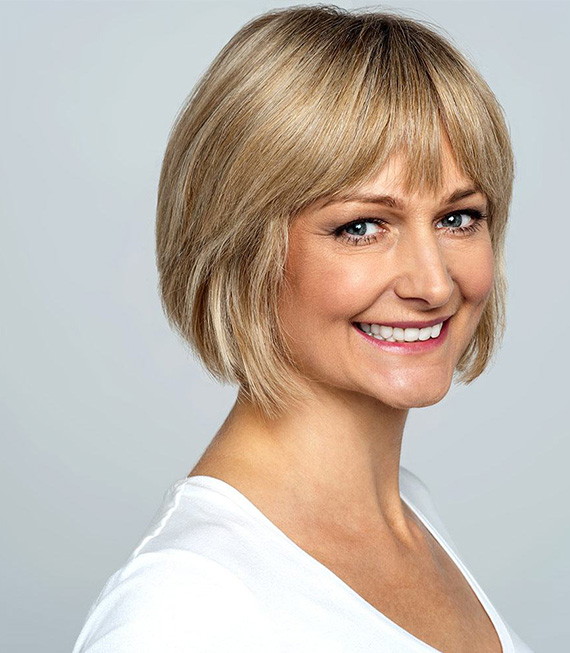
WHAT ARE THE SUBSTANCES USED IN FACE FILLERS?
The ingredients used in face fillers allow you to achieve a more youthful appearance for a fraction of the cost of a traditional skin treatment. Most fill in hollows, wrinkles and fine lines in less than 30 minutes. Face fillers increase the volume of cheeks, chin, jaw lines and hollows, giving a vibrant, youthful appearance.
Hyaluronic acid is the most popular face filler. Side effects are rare, but redness, swelling and bruising may occur at the injection site. The filler may form small bumps under the skin (this is usually a problem that develops over time). The results of the face filler procedure show its effect for two years. Some studies show that repeated face fillers stimulate the body’s natural collagen production. This will also help to reduce the number of wrinkles and fine lines. Over time, less filler is needed to achieve the same appearance.
RISKS AND COMPLICATIONS OF FACE FILLER
The face filler procedure is quick and easy, but all fillers carry certain risks such as the risk of allergic reactions and the formation of small glands under the skin. The face filler procedure must be performed by a specialized team. However, not all fillers are suitable for all types of faces. Possible complications of face fillers include the following:
- The area may become infected. Call your doctor at the first sign of redness, swelling or pain.
- You may need to take antibiotics.
- The area may bleed or bruise. Stop drinking alcohol or taking blood-thinning medications before a face filler injection. This includes aspirin or vitamin E.
- You may have an allergic reaction with a rash or flu-like symptoms.
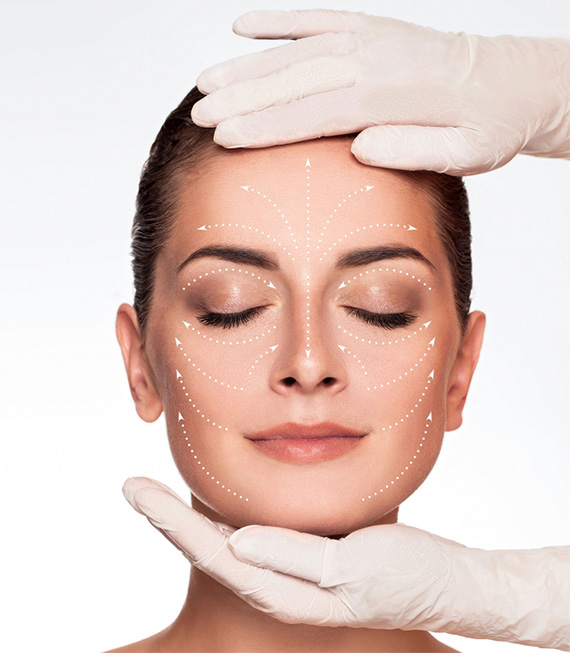
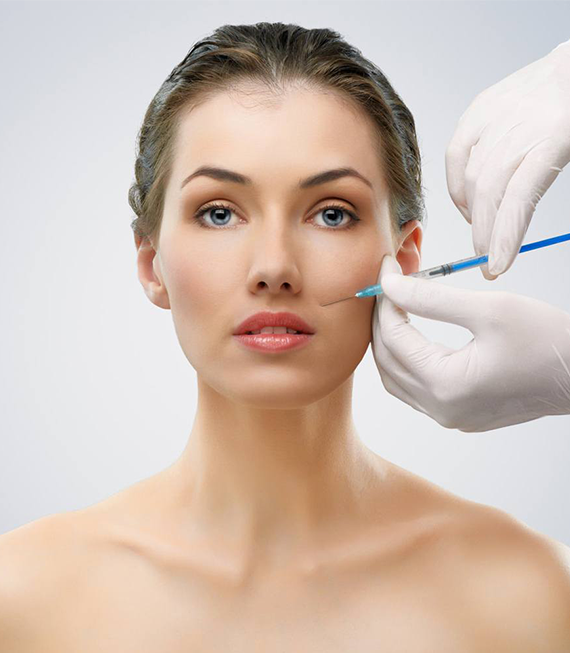
RECOVERY AND LIFETIME OF FACE FILLER
There is usually no need for a healing process after the face filler procedure. Although bruising is seen in some patients, it heals in a short time. Patients may also experience slight pain at the injection sites. These disappear within an hour or less. Although some swelling may be observed in rare cases, it disappears within a week at most.
Depending on the filler used, the effect can last up to a year. Although there are temporary and permanent fillers, temporary fillers are generally preferred because the procedure is irreversible. Temporary face fillers dissolve spontaneously within 1 to 2 years. There is usually no need for a healing process after the face filler procedure. Although bruising is seen in some patients, it heals in a short time. Patients may also experience slight pain at the injection sites. These disappear within an hour or less. Although some swelling may be observed in rare cases, it disappears within a week at most.
Depending on the filler used, the effect can last up to a year. Although there are temporary and permanent fillers, temporary fillers are generally preferred because the procedure is irreversible. Temporary face fillers dissolve spontaneously within 1 to 2 years.
THINGS TO PAY ATTENTION
- Filler injections can trigger cold sores.
- Each syringe of facial filler costs hundreds of dollars. Costs vary depending on the type of filler. Talk to your doctor beforehand about how many you will use and how often.
- In general, anyone can have facial fillers without any problems. If you are taking aspirin, vitamin E or other medications, some bruising may occur during the healing process.
- Do not let the price be your guide. If you are offered a filler treatment that costs much less than the standard treatment, there may be some compromises in the quality of the material used.
- All facial filler procedures should be performed in a medical environment with sterile instruments. Treatments performed in homes, hotels, spas are dangerous no matter who performs them.
- To help preserve the filler and protect against post-injection pigment changes, do not expose the area to the sun for a while.
